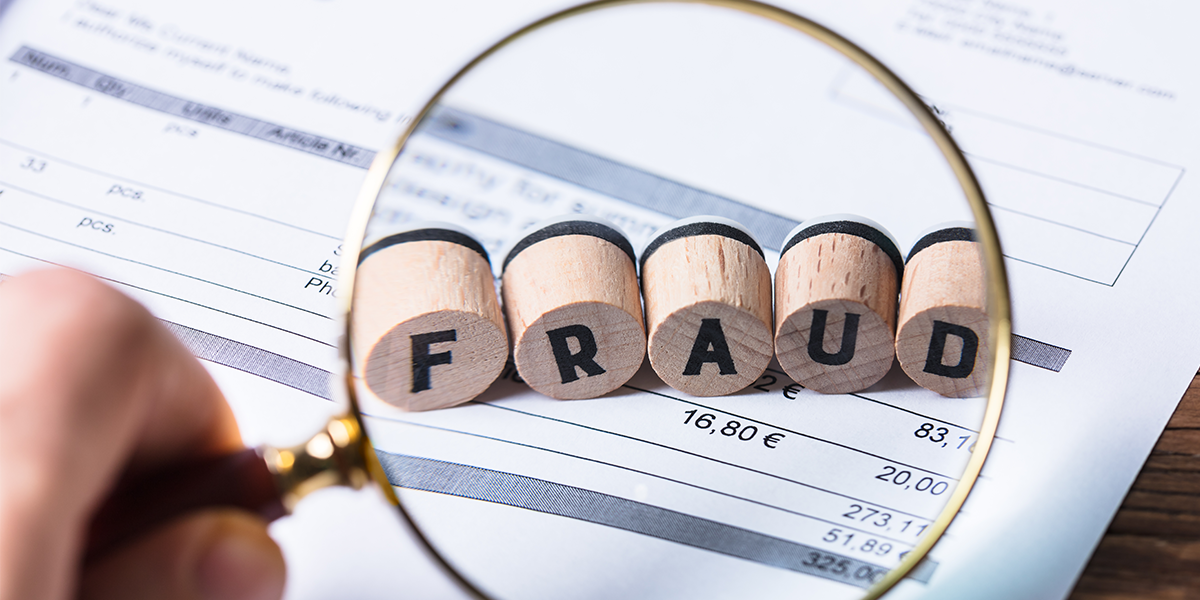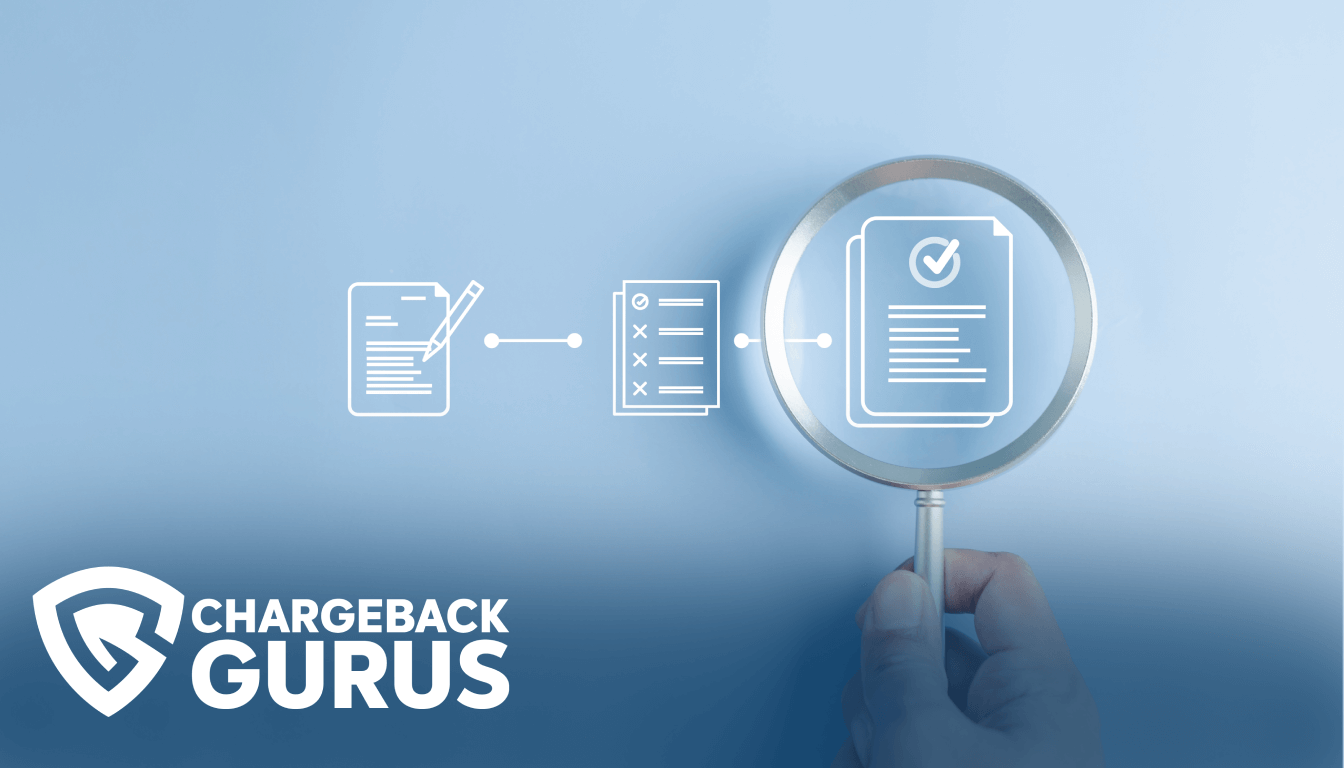Visa Chargeback Reason Code 10.5: Fraud

Table of Contents
- What is Visa chargeback reason code 10.5?
- What causes code 10.5 chargebacks?
- What's the time limit to respond to code 10.5 chargebacks?
- How can merchants fight code 10.5 chargebacks?
- How can merchants prevent code 10.5 chargebacks?
- About Visa chargeback reason codes
Merchants who receive a chargeback for a transaction placed with a Visa card may encounter reason code 10.5, which indicates an improperly authorized transaction that the cardholder does not believe they should be responsible for paying. The actual underlying cause of this chargeback is usually true fraud. Merchants who believe they have received an invalid chargeback under reason code 10.5 may be able to represent the transaction and reverse the chargeback with the right compelling evidence.
What is Visa chargeback reason code 10.5?
Visa chargeback reason code 10.5 falls under the “Fraud” category. The shorthand description is “Visa Fraud Monitoring Program.” This type of chargeback occurs when Visa flags a transaction as fraudulent under the Visa Fraud Monitoring Program (VFMP).
The VFMP is a fraud mitigation program for merchants who experience an unacceptably high rate of fraudulent transactions, per Visa’s standards. Merchants are enrolled in the “Early Warning” tier of the program when they reach a fraud rate of 0.65% and at least $50,000 in fraudulent transactions per month. At a rate of 0.9% and $75,000 in monthly fraud, merchants are placed in the “Standard” tier. A third tier, “Excessive,” is reserved for merchants who exceed a rate of 1.8% and process $250,000 or more in fraudulent charges every month.
Visa tracks fraud-related chargebacks and TC40 data to determine if these thresholds are being met. Once a merchant is placed in the VFMP, they are automatically assigned liability for certain fraud-related chargebacks and may be subject to fines for every month they remain in the program.
Only by rejecting fraudulent transactions and reducing their fraud rate and monthly fraud volume can merchants get themselves removed from the VFMP.
What causes code 10.5 chargebacks?
When a merchant is enrolled in the VFMP, Visa may automatically file chargebacks against merchants when fraud-related disputes are raised. Unless the issuer first submits the dispute under a different chargeback reason code, Visa will assign reason code 10.5.
While most of these chargebacks will, in fact, be the consequence of true fraud activity, the fact that Visa does not give the benefit of the doubt to merchants in the VFMP means that friendly fraud chargebacks may slip through—and merchants have very little recourse for contesting chargebacks bearing this reason code.
What's the time limit to respond to code 10.5 chargebacks?
The acquirer or merchant has 30 days to respond to a chargeback filed under reason code 10.5.
How can merchants fight code 10.5 chargebacks?
It's rare for merchants to be able to fight chargebacks filed under reason code 10.5. However, if a refund has already been issued for another chargeback has already been filed for the transaction in question, evidence of this will reverse the chargeback.
How can merchants prevent code 10.5 chargebacks?
If you are receiving chargebacks with this reason code, the most important thing you can do is get yourself out of the VFMP. Exiting the VFMP will prevent future code 10.5 chargebacks.
Review the policies and practices that are causing you to receive a high number of fraudulent transactions and make whatever changes are necessary to bring your fraud levels down. Most merchants will benefit greatly from using carefully selected anti-fraud tools that can automatically detect, flag, and stop fraudsters.
Once a merchant stays below the standard VFMP threshold of 0.9% for three consecutive months, they will be removed from the program.
The following best practices can help reduce fraud rates:
- Monitor your own fraud-to-transaction ratio closely so that you can be proactive about avoiding enrollment in fraud mitigation programs.
- Require AVS and CVV matching for transactions that you process.
- Implement anti-fraud tools that use machine learning and artificial intelligence to assign risk scores to potentially fraudulent transactions, allowing you to block or manually review them.
- Always obtain authorization approval before processing any transaction, no matter how small.
About Visa chargeback reason codes
Reason codes are alphanumeric codes that provide the justification for granting a chargeback. Pursuant to the Fair Credit Billing Act of 1974, cardholders have the right to dispute unauthorized or erroneous charges, and issuing banks must reverse a disputed transaction if the cardholder’s claim is valid.
When a cardholder contacts their issuing bank to dispute a transaction and receive a chargeback, the dispute is assigned a reason code that most closely matches the substance of the cardholder’s claims. The reason code provides the merchant and other stakeholders in the dispute with a concise explanation for why a chargeback has been granted.
Each card network—Visa, Mastercard, American Express, and Discover—defines and maintains their own unique set of reason codes, which are applied to disputes by the banks that issue credit and debit cards under their brands.
Visa specifies 46 reason codes under the categories of Fraud, Authorization, Point-of-Interaction Error, Consumer Disputes, and Processing Errors. Visa uses a numeric scheme for its chargeback reason codes.
Understanding chargeback reason codes is one of the most essential parts of effective chargeback management. Identifying the chargeback reason code and the evidence required to fight it is the first step in chargeback representment, and analyzing your chargeback reason codes can provide you with insights into what types of disputes are causing you the most trouble. With this information, you can determine the root causes of your chargebacks and take action to prevent them from reoccurring.


